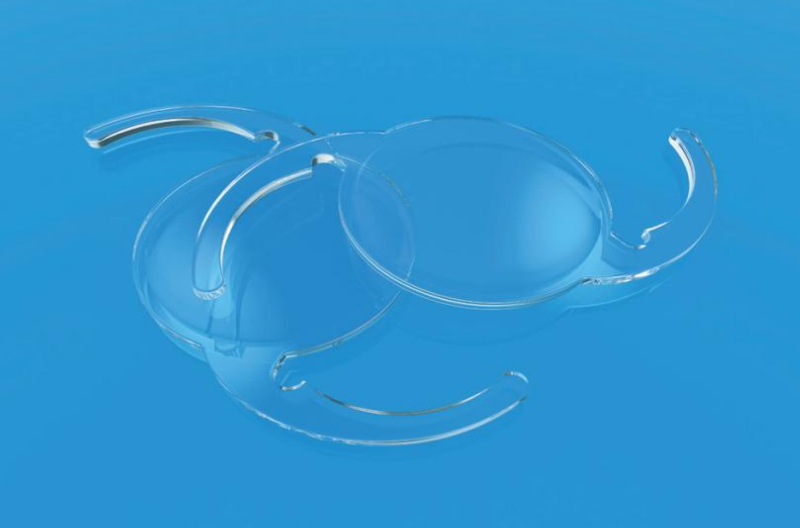Extending IOL Options for Monofocality
Enhanced monofocal IOLs provide improved vision for day-to-day activities compared to standard monofocal IOLs. Roibeárd O’hÉineacháin reports.

Roibeard O’hEineachain
Published: Tuesday, March 1, 2022
